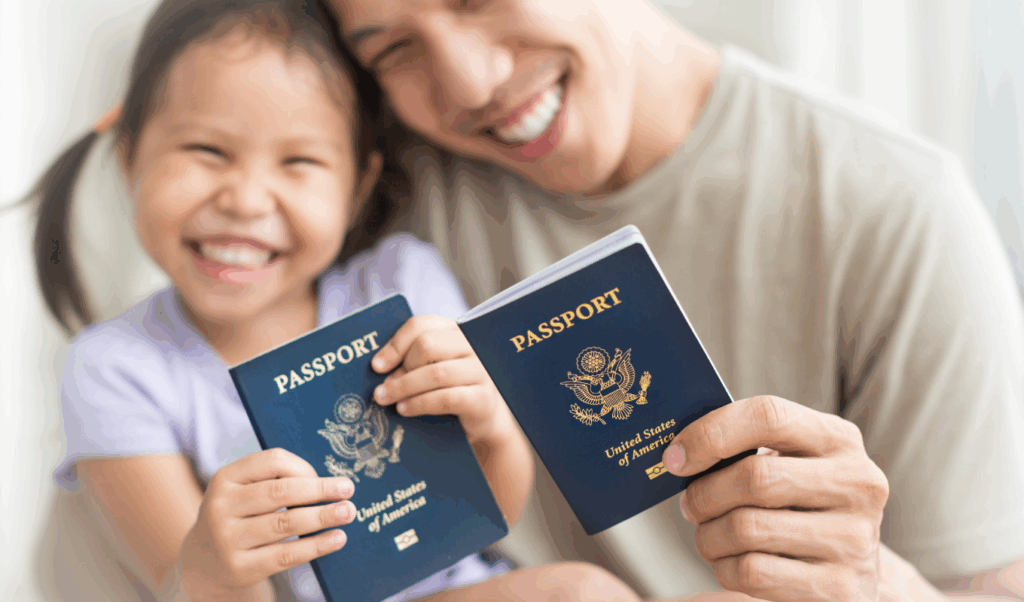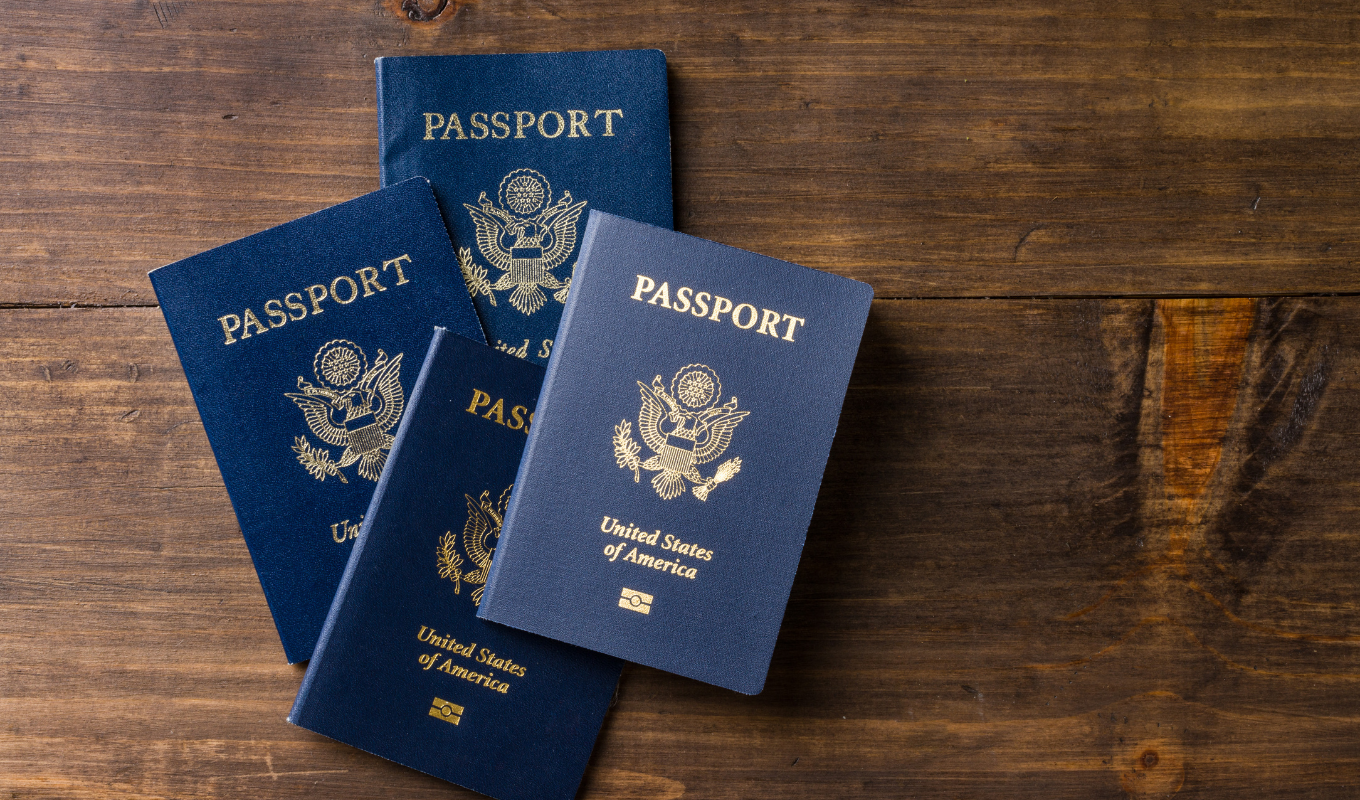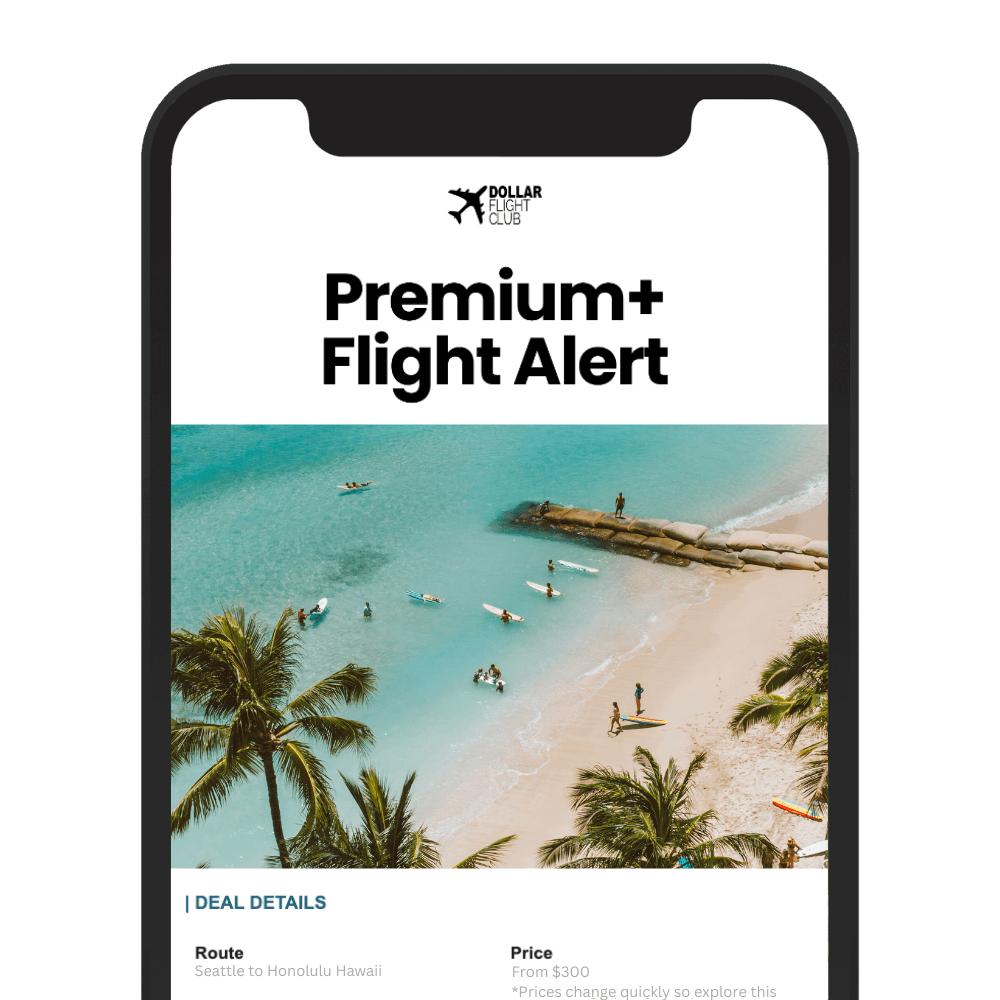Mistakes in renewing your passport can delay travel plans or cost you extra fees. Here’s what you need to know to avoid them:
- Start Early: Renew at least 6–9 months before travel. Routine processing takes 6–10 weeks (including mailing), while expedited service takes 4–7 weeks.
- Check Your Passport’s Validity: Many countries require 6 months of validity beyond your trip dates. Renew early to avoid being denied boarding.
- Avoid Form Errors: Double-check personal details like your name, birthdate, and Social Security Number. Typos can cause rejections.
- Photo Requirements: Submit a clear, high-quality photo that meets strict U.S. State Department guidelines. Professional services can help.
- Payment Issues: Use the correct payment method (e.g., check for mail-in or credit card for online applications). Include all fees to avoid delays.
Quick Tips to Save Time:
- Use the State Department’s online tools for forms and photo checks.
- Track your application status online.
- Consider renewing during off-peak months (October–December).
By planning ahead and avoiding common mistakes, you can ensure a smooth passport renewal process and stay ready for your next adventure.
Waiting Too Long to Renew Your Passport
Putting off your passport renewal can throw a wrench in your travel plans. It’s a common misstep that can cost you more than just a missed vacation. You could face denied boarding, hefty expedited fees, or even a complete trip cancellation.
Passport processing itself, not including mailing times or unexpected delays, can stretch out for months.
Current Processing Times You Need to Know
As of June 2025, the U.S. Department of State states that routine passport processing takes 4 to 6 weeks, while expedited processing shortens that to 2 to 3 weeks. But these numbers only cover the processing itself. When you factor in mailing – typically adding another 2 to 4 weeks – the total timeline looks more like this:
| Processing Type | Official Time | Total Time (Including Mail) |
|---|---|---|
| Routine | 4 to 6 weeks | 6 to 10 weeks |
| Expedited | 2 to 3 weeks | 4 to 7 weeks |
Expedited service comes with an extra $60 fee, and if you opt for 1–2 day delivery, you’ll need to add about $21.36 to your costs.
Passport demand spikes from late winter through summer. If you’re planning to travel during busy times like spring break, summer vacations, or the holidays, expect longer wait times due to increased applications. To sidestep delays, consider renewing your passport during slower months, typically October through December.
Knowing these timelines can save you from last-minute headaches. But timing isn’t the only thing – double-checking your personal information is just as crucial. Let’s move on to avoidable form errors next.
The 6-Month Validity Rule
Even if your passport hasn’t expired yet, many countries require it to remain valid for at least six months beyond your planned departure date. This rule helps avoid complications like overstaying visas or dealing with unexpected issues like flight delays or emergencies. In some cases, airlines might even deny you boarding if your passport doesn’t meet this requirement.
Different countries have varying rules. For example:
- Strict Six-Month Rule: Countries like China, India, Thailand, and Turkey.
- Current Validity Suffices: Destinations such as Australia, Canada, and Colombia.
- Three-Month Rule: Schengen states require at least three months of validity beyond your departure date.
To play it safe, the U.S. Department of State advises renewing your passport nine months before it expires. Starting early – when your passport still has about a year left – gives you enough time to handle processing, mailing, and any unexpected delays. Timing it right is just as important as avoiding errors on your application, both of which can save you from unnecessary stress.

Getting Your Personal Information Wrong
Even a single typo can throw a wrench into your passport renewal process. Mistakes like this can lead to rejections, requests for more documentation, and extra fees. Worse, you might have to start over entirely – new forms, new photos, and the full processing timeline all over again.
Common Application Form Errors
Errors often crop up in places you’d least expect. For example, name-related mistakes are surprisingly frequent. These include leaving out middle names, using initials instead of full names, or failing to match the name on your current passport.
Social Security Number (SSN) errors are another common issue. Some applicants forget to include their full SSN or accidentally mix up digits. Since this number plays a crucial role in verifying your identity, even a minor mistake here can lead to additional verification steps.
Other frequent errors include incorrect birthdates, outdated addresses, and inaccurate contact details – all of which can delay processing.
How to Check and Update Your Information
The key to avoiding delays is accuracy. Start by gathering your current passport and supporting documents. Carefully compare every detail – spelling, capitalization, hyphens, and even spacing – to ensure they match perfectly.
When renewing online, enter your information exactly as it appears on your current passport. The system cross-checks your data, so even a small typo could flag you as ineligible for online renewal. Double-check everything before submitting.
For mail-in renewals, use the Form Filler tool on a desktop or laptop. This tool helps eliminate handwriting mistakes and ensures all required fields are completed. Once filled, print the form and review it carefully.
Pay special attention to your mailing address. Make sure it’s the one where you’ll actually receive your new passport. If you’ve moved recently, update this information to avoid delivery issues.
If your name has changed since your last passport, you’ll need to include official documents like marriage certificates, divorce decrees, or court-ordered name change documents. These documents must clearly link your old and new names.
Before sealing your envelope or clicking submit online, run through a final checklist. Confirm that all personal details match your documents and that your contact information is up-to-date. A few extra minutes of review can save you weeks of frustration and additional costs.
Next, we’ll cover how to meet passport photo requirements to ensure your renewal process stays on track.
Passport Photo Problems
Mistakes with passport photos are one of the biggest reasons for delays in the renewal process. The U.S. Department of State has strict biometric facial recognition standards, and low-quality photos often fail to meet these requirements, causing applications to be held up. Since photo approval can sometimes be subjective, it’s crucial to get it right the first time.
What Your Passport Photo Must Include
The U.S. Department of State lays out specific guidelines for passport photos. The photo must measure exactly 2 x 2 inches (51 x 51 mm), with your head size falling between 1 and 1 3/8 inches (25 – 35 mm) from the bottom of your chin to the top of your head. The background should be plain white or off-white, free of shadows, textures, or lines. Lighting must be even across your face, avoiding harsh shadows or bright spots that could interfere with biometric systems.
Your pose and expression are equally important. You need to face the camera directly with a neutral expression, keeping both eyes open and your mouth closed. Glasses are not allowed in passport photos anymore, unless there’s a medical reason, in which case a signed note from your doctor is required. Clothing matters too – steer clear of uniforms, uniform-like clothing, or camouflage. Head coverings are allowed only for religious or medical reasons, but you’ll need to provide a signed statement or doctor’s note. In both cases, your full face must remain visible, and the covering cannot cast shadows.
Technical quality is another key factor. The photo must be high-resolution, free of blurriness, graininess, or pixelation. If you’re submitting a printed photo, use matte or glossy photo-quality paper. For online renewals, the digital photo should be at least 600 x 600 pixels. Avoid editing your photo with apps or artificial intelligence tools, as biometric systems can detect alterations and will reject your application automatically.
These detailed requirements highlight why professional photo services can be a smart choice, as explained below.
Why You Should Use Professional Photo Services
Meeting these strict photo standards can be challenging, which is why professional photo services are highly recommended. The U.S. Department of State even suggests using professional visa photo services to ensure compliance with all guidelines. Professional photographers are equipped with the right tools and knowledge to produce photos that meet the required standards. Many retail locations offer these services at affordable rates.
Professional services go beyond just knowing the rules. They use controlled lighting and proper backdrops to minimize potential issues before you submit your application. Some even offer guarantees that their photos will be accepted by passport agencies, providing peace of mind during the renewal process.
If your photo is rejected, you’ll need to submit a corrected version within 90 days to avoid additional fees. Otherwise, your application will be canceled. If you receive a rejection letter, carefully review it to understand the issues and use it as a guide when taking a new photo.
For online renewals, photo rejections are flagged with an error code, prompting a manual review by a passport agent. To double-check your digital photo, you can use the Photo Tool on the travel.state.gov website to ensure proper cropping and formatting. While it’s possible to take a compliant photo yourself if you follow the guidelines closely, opting for professional services removes much of the guesswork and significantly reduces the chances of delays or rejections.
Submitting an accurate passport photo is just as important as completing your forms correctly and submitting them on time if you want to avoid unnecessary delays in the renewal process.

Payment and Form Submission Errors
Mistakes in payment and form submission can slow down or even invalidate your passport renewal application. The good news? Most of these errors are avoidable if you follow the instructions carefully and double-check your work.
How to Pay for Your Passport Renewal
The payment process depends on how you’re submitting your application. For mail-in renewals, you’ll need to include a check or money order made out to the “U.S. Department of State.” Cash is not an option for mail-in applications – it’s risky and can’t be tracked if it gets lost.
When preparing your check or money order, be sure to write the applicant’s name and date of birth in the memo section. This helps match your payment to your application if there’s any confusion during processing. Current fees are as follows:
- $130 for a passport book renewal
- $30 for a passport card renewal
- Add $60 for expedited service
- Include $21.36 for 1-2 day return shipping (not available for passport cards)
For online renewals, payments must be made using a credit or debit card. Ensure you have a reliable internet connection during the transaction to avoid interruptions that could affect your application.
If you’re applying at an acceptance facility, you’ll need to pay the Department fee with a check or money order, while the acceptance fee can be paid using the facility’s accepted methods.
Starting June 2, 2025, payment policies at some major passport agencies will change. The Los Angeles Passport Agency, Miami Passport Agency, and New Orleans Passport Center will only accept credit cards, debit cards, or contactless payments. Before visiting one of these locations, confirm their current payment options to avoid unnecessary delays.
Once your payment is sorted, focus on correctly completing and submitting your forms.
Filling Out and Submitting Forms Correctly
Accurate form completion is just as important as proper payment. Many passport renewal delays are caused by simple mistakes like typos, incomplete fields, or using the wrong form. These errors can add weeks to your processing time.
If possible, fill out your form digitally to minimize the chance of handwriting errors. If you’re completing it by hand, use a pen and avoid making corrections – mistakes require starting over with a new form. It’s always better to take your time and get it right the first time.
Double-check all the details, especially your Social Security number. Even a small error here can cause delays. Your signature is another critical detail. It must match the signature on your previous passport, and only live ink signatures are accepted – no photocopies or digital signatures. If you’re assisting someone else with their application, they must be present to sign it themselves.
Once submitted, you can track your application status online using your last name, date of birth, and the last four digits of your Social Security number. Keep in mind, it may take up to two weeks for your application status to update to “In Process”. If you provided your email address on the application, you’ll also receive email updates throughout the process.

How to Avoid These Mistakes
The easiest way to sidestep passport renewal mistakes is to ensure everything is in order before you submit your application. With some preparation and close attention to detail, you can avoid delays and get your passport processed in time for your next adventure.
Use This Pre-Submission Checklist
Before sending in your application, go through this checklist to catch any potential errors. Make sure every section of the form is filled out, signed, and dated – these are some of the most common reasons applications get rejected.
Print the form on single-sided paper, and double-check that your date of birth and passport issuance date match the details on your current passport. Avoid double-sided printing, as it can slow down the process.
Ensure your passport photo meets all the State Department’s requirements and is stapled correctly to the application. Verify the fee amounts, and pay using a check or money order made out to the U.S. Department of State. If you’re updating your name, include a certified copy of your legal name change document – photocopies won’t be accepted.
Lastly, use a USPS delivery tracking service when mailing your application. Once you’ve completed these steps, take a moment to double-check your application details using official online resources.
Official Resources to Help You
For the most accurate and up-to-date passport information, head to the U.S. Department of State’s website at Travel.State.Gov. Avoid relying on third-party websites or outdated advice from friends, as passport rules and processing times can change frequently.
Use tools like the Form Filler and the photo requirements page available on the State Department’s website. You can also track your application’s progress using the Online Passport Status System.
If you run into any issues or have specific questions, the National Passport Information Center (NPIC) is a great resource. They can provide guidance on unique situations that don’t fit the standard renewal process.
Dollar Flight Club Member Benefits
Submitting a perfect passport application not only saves you time but also ensures you’re ready to take advantage of incredible travel deals. As a Dollar Flight Club member, you’ll receive curated travel tips and reminders about passport renewal timelines, helping you stay ahead of any potential travel barriers.
Members gain access to flight alerts for both domestic and international destinations, with discounts of up to 90% off regular fares. Premium+ members ($99/year) enjoy additional perks, including SMS alerts for time-sensitive deals, so you never miss out on booking your dream trip.
The Premium+ plan also offers exclusive deals from top travel brands and personalized destination prioritization, making it easier to align your passport renewal with upcoming travel plans. With a valid passport in hand, you can unlock Dollar Flight Club’s exclusive deals on economy and business class tickets to Europe, Asia, and beyond – saving big on your next adventure.
When You Need Help
Renewing your passport can sometimes come with unexpected hurdles. From processing delays to misplaced applications or urgent travel needs, understanding when and how to seek help can save you from unnecessary stress and travel disruptions.
Calling the National Passport Information Center
The National Passport Information Center (NPIC) is the primary resource for resolving passport renewal issues. You can reach them at 1-877-487-2778, Monday through Friday between 8:00 a.m. and 10:00 p.m. Eastern Time, and on weekends from 10:00 a.m. to 3:00 p.m. Eastern Time (closed on federal holidays). For those who are deaf or hard of hearing, TDD/TTY services are available at 1-888-874-7793.
If your passport renewal is delayed beyond the standard processing times, start by checking your application status online using the Online Passport Status System. If the delay exceeds normal timeframes, call NPIC for assistance. The first two digits of your nine-digit application locator number indicate which agency or center is processing your application.
For urgent international travel within 14 days, contact NPIC to schedule an appointment at a passport agency or center. In life-or-death emergencies requiring travel within three business days, the State Department gives these cases top priority. Additionally, if you need a foreign visa within 28 days of travel, NPIC can guide you through the process.
In cases of a lost passport, act quickly. If your renewed passport hasn’t arrived within 10 business days of being mailed, contact NPIC immediately. They’ll help you complete Form DS-86 to report the non-receipt of your passport. Keep in mind, if you fail to report a missing passport within 120 days of its issue date, you’ll need to reapply and pay all associated fees again.
For common issues, check the FAQs on Travel.State.Gov, where many solutions are readily available. For non-urgent matters, you can also email NPIC@state.gov.
If phone support doesn’t resolve your issue, consider using online options.
Online Passport Renewal Option
The online passport renewal system provides a convenient alternative for eligible travelers, helping to avoid delays associated with mailing applications. Secretary of State Antony Blinken highlighted the benefits of this system, stating, “By offering this online alternative to the traditional paper application process, the [State] Department is embracing digital transformation to offer the most efficient and convenient passport renewal experience possible.”
You can access the system at Travel.State.Gov/renewonline, and the process takes about 40 minutes to complete. To get started, create a MyTravelGov account and have a digital passport photo ready for upload. Processing times for online renewals are the same as mail-in applications – 4 to 6 weeks for routine service.
One major perk of online renewal is payment flexibility. Unlike mail-in applications that require checks or money orders, the online system allows you to pay with credit cards, debit cards, or online ACH transfers. Fees are $130 for a passport book, $30 for a passport card, or $160 for both.
| Existing Passport Type | Renewal Passport Type | Online Renewal Available? |
|---|---|---|
| Passport Book | Passport Book | Yes |
| Passport Card | Passport Card | Yes |
| Passport Book and Card | Passport Book and Card | Yes |
| Passport Book | Passport Card | No |
| Passport Card | Passport Book | No |
However, there are some limitations to be aware of. The online system isn’t available for those living outside the U.S., and expedited processing is not an option. Additionally, you must not have any international travel plans for at least six weeks from the date you submit your application. Once you begin the application, you have seven days to complete it, or you’ll need to start over.
Keep in mind that once your online application is accepted, your existing passport is canceled, even if it’s still valid. For technical issues with MyTravelGov, contact Login.gov support. For passport-related questions, call 1-877-487-2778.
Whether you’re calling NPIC or using the online renewal system, getting timely help ensures your passport renewal process stays on track.

Conclusion: Plan Ahead for Smooth Travel
Planning ahead and paying close attention to your application can make renewing your passport a hassle-free experience. To avoid last-minute stress, aim to apply for renewal at least six months before your trip.
Mistakes like waiting too long, submitting incorrect details, using an unacceptable photo, or making payment errors can all be avoided with a bit of preparation. Double-checking your application ensures the process goes smoothly, leaving you free to focus on your travel plans.
Once your passport is renewed, you’re all set to explore new destinations. If you’re a Dollar Flight Club member, you can take advantage of exclusive flight deals and travel alerts to save money while planning your next adventure.
Whether you opt for the convenience of the online renewal system or stick with the traditional mail-in process, help is available. The National Passport Information Center (1-877-487-2778) can assist if you encounter any issues. Keep an eye on your application status and respond promptly to any additional requests to ensure everything stays on track.
Your passport is more than just a document – it’s your ticket to new experiences. By preparing early, steering clear of common mistakes, and staying updated on processing timelines, you’ll be ready to make the most of your travels.
FAQs
What are the photo requirements for renewing a U.S. passport, and why should you consider professional photo services?
When renewing a U.S. passport, your photo has to follow specific guidelines. It must be a recent, high-quality color photo that measures 2×2 inches, with your head size ranging from 1 to 1 3/8 inches from chin to crown. The picture should have been taken within the last 6 months and printed on plain, glossy, or matte white or off-white paper. You’ll need to face the camera directly, maintain a neutral expression, and avoid wearing glasses or using filters or digital edits.
It’s a smart move to use professional photo services for this. They ensure your photo meets all the requirements, minimizing the chances of rejection or delays. Plus, they can check the photo’s quality and accuracy, making the renewal process smoother and less stressful.
What steps can I take to avoid mistakes when renewing my passport, especially with personal details and payment?
To ensure a hassle-free passport renewal, double-check that all your personal details – like your full name, date of birth, and Social Security number – match exactly with your official documents. Even minor mismatches can cause frustrating delays in processing.
For payment, make sure you’re using an approved method. If renewing online, stick to a credit or debit card. For mail applications, use a check or money order. Also, verify the exact fee amount to avoid issues with underpayment or overpayment, as these mistakes can slow things down too.
Taking a few extra minutes to thoroughly review your application and payment details can save you time and help keep the renewal process on track.
What should I do if my passport renewal is delayed or there’s an issue with my application?
If you’re facing delays with your passport renewal or encounter issues with your application in the U.S., the first step is to check your application status online through the official government website. For further assistance, you can also reach out to the National Passport Information Center by calling 1-877-487-2778.
Processing times can differ depending on the service you choose. Routine processing generally takes 4–6 weeks, while expedited service is faster, typically taking 2–3 weeks. If your delay continues or you urgently need your passport, visiting a passport agency in person might be an option. Be aware that you’ll likely need an appointment and proof of upcoming travel to use in-person services.
To avoid delays from the start, double-check your application before submitting it. Ensure all forms are completed accurately, your photos meet the required standards, and all fees are properly paid. A little extra attention upfront can save you a lot of time later.










